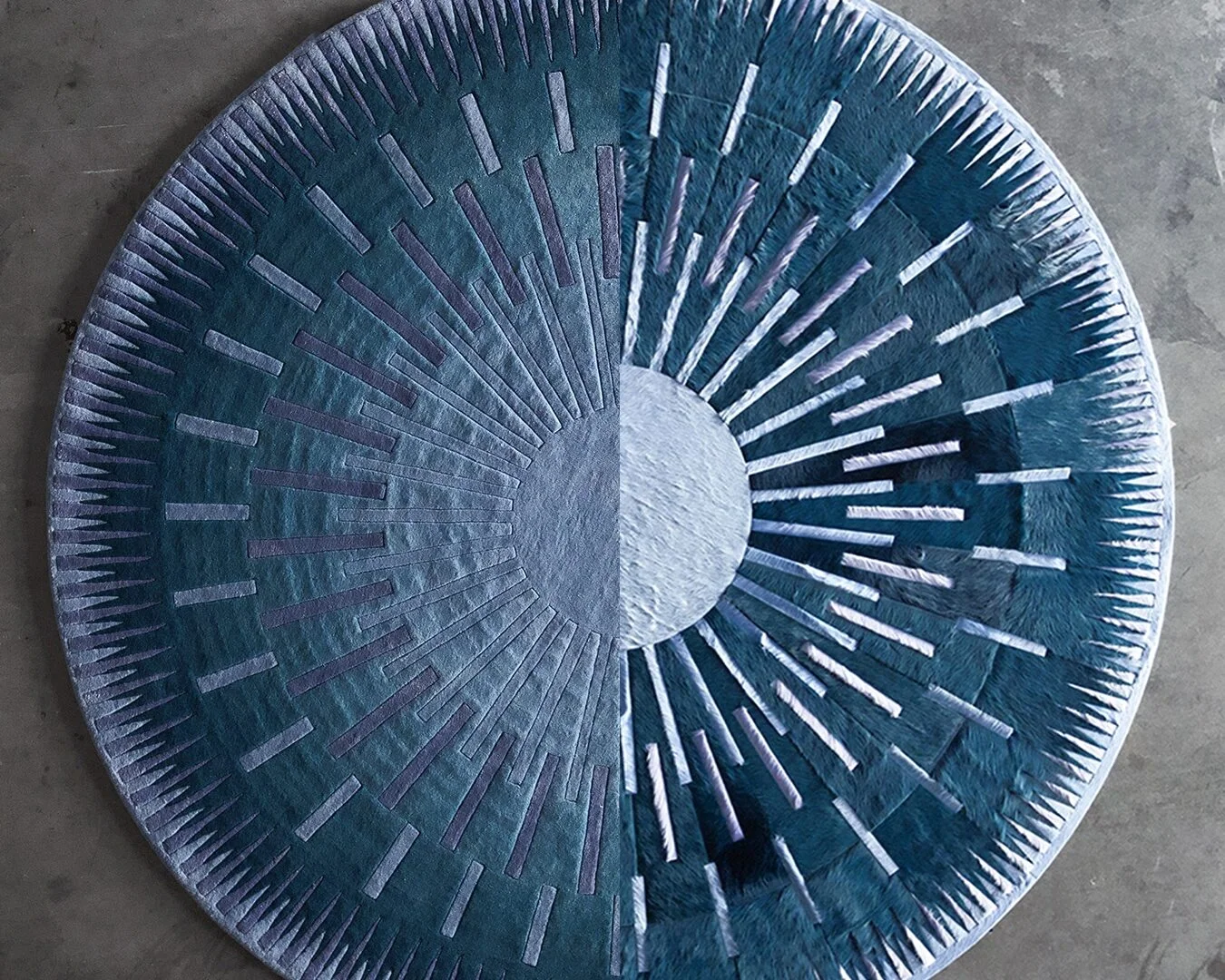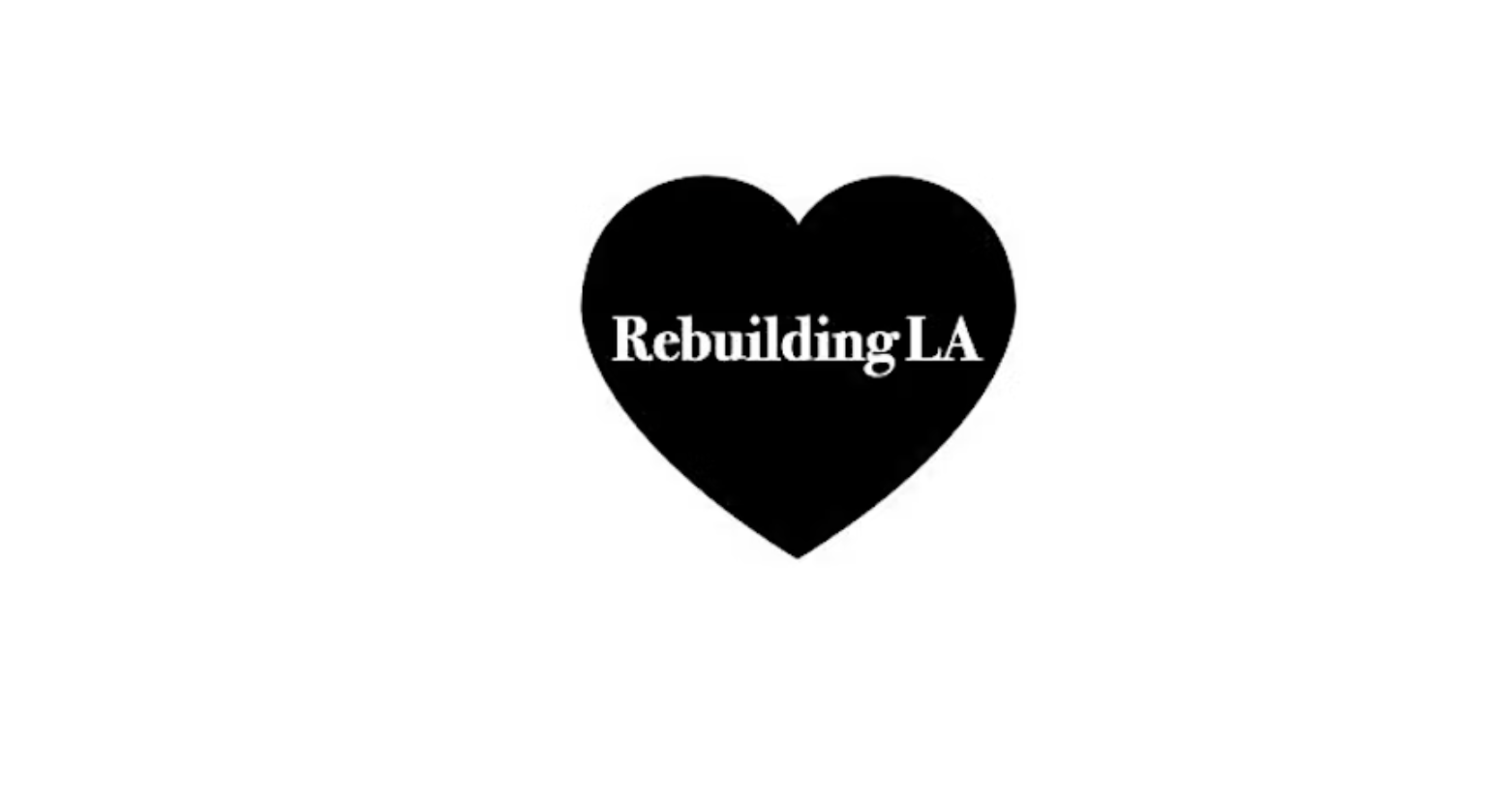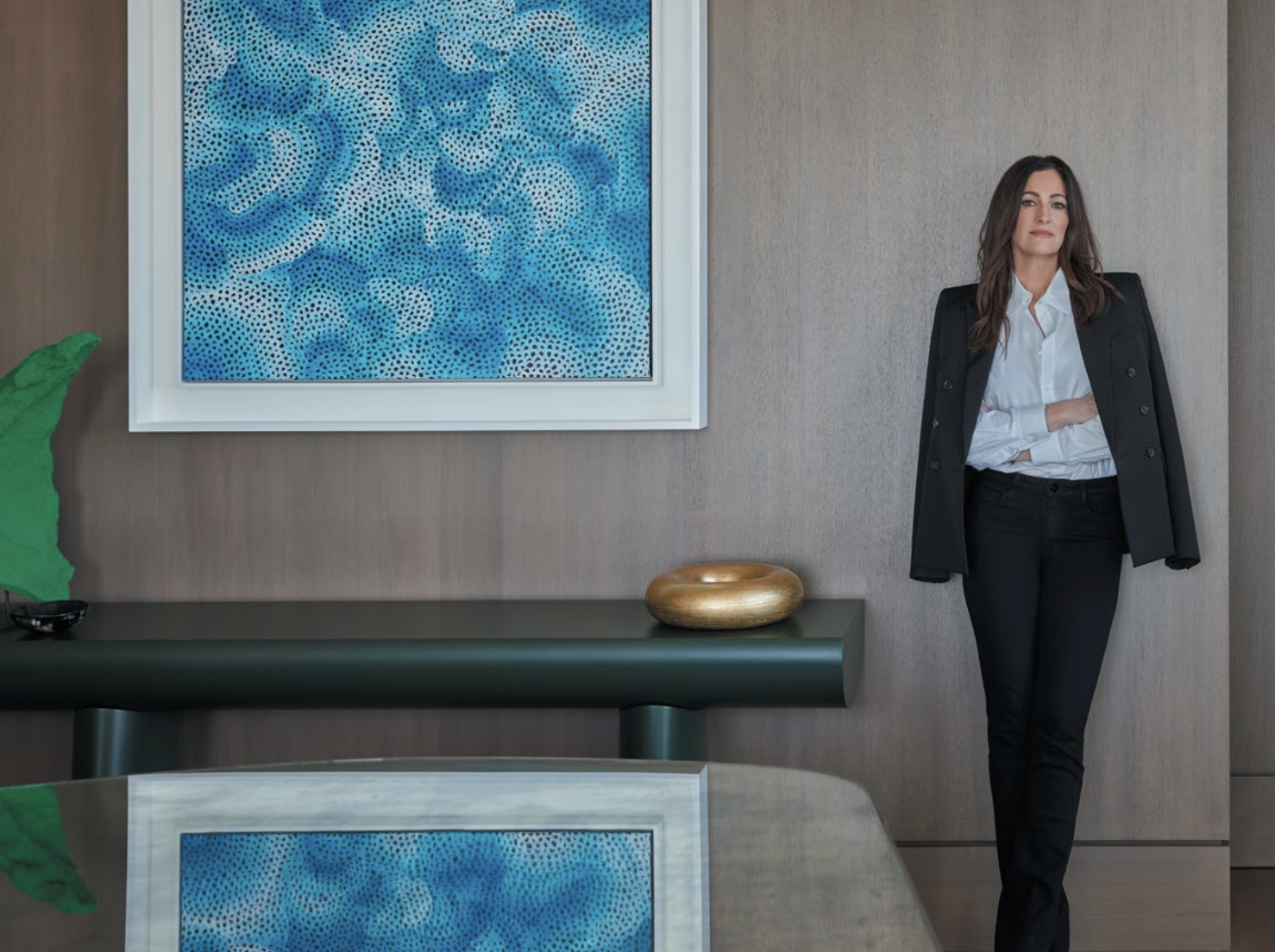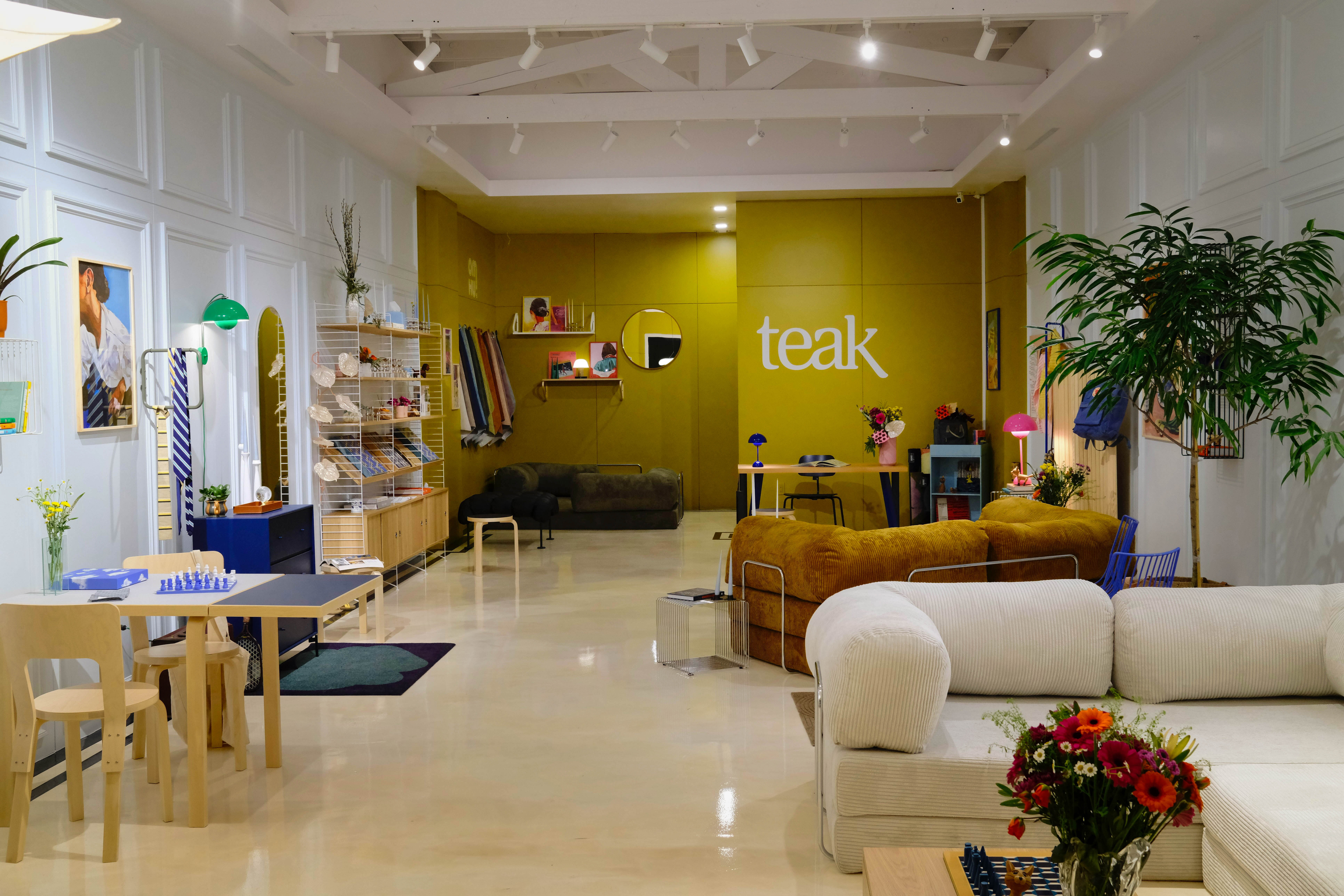The Changemakers, California artists who are seeking social justice through their work
Author:Lindsey ShookTo artists, the intensity of current headlines and the ever-shifting complexity of today’s world falls somewhere along the spectrum between daunting and energizing. The following California-based creatives have a lot to say, since they’re consistently addressing questions of liberation, equity and community through their own nuanced lenses and mediums. With Covid-19 setting the backdrop to the reinvigorated movement for social justice in this country, the urgency of art as a tool to navigate personal and political struggles— and the overlapping nexus—is now only further amplified. – Jessica Ritz
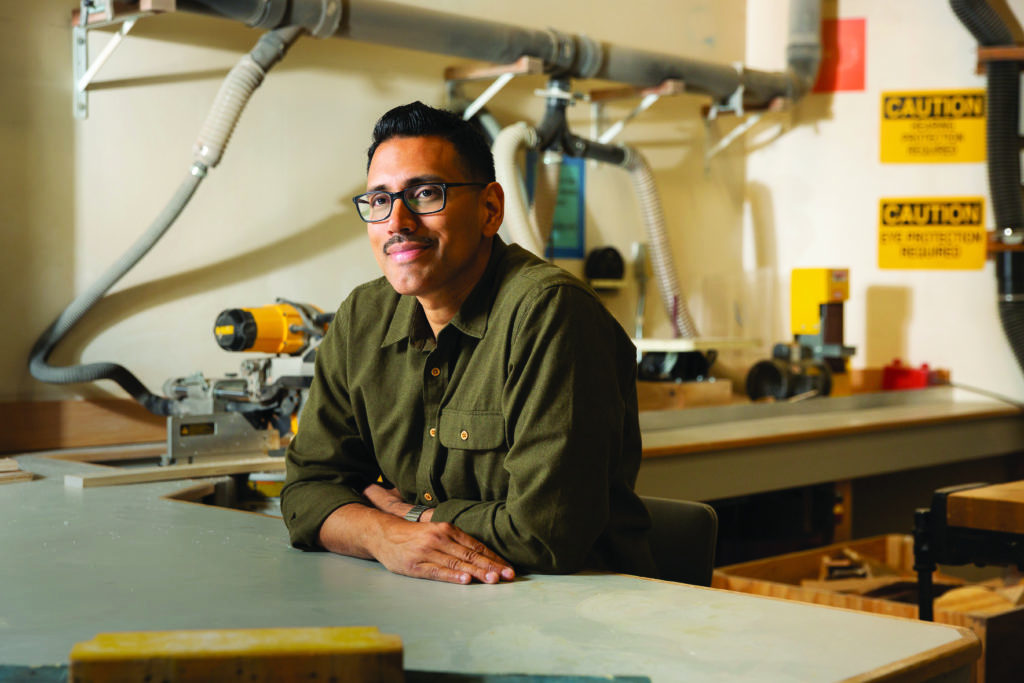
Nery Gabriel Lemus has always connected complex dots through his own vision, skills and experiences. He grew up in the Pico-Union community of Los Angeles, earned his BFA at ArtCenter College of Design in Pasadena and then studied under mentor Charles Gaines in the California Institute of the Arts’ MFA program. Lemus uses an astonishing range of mediums and materials to give a powerful voice to concerns about issues including police brutality, nuanced community tensions and domestic violence.
Whether it’s through text, videos or large-scale graphic public artwork, Lemus engages with politics and questions of representation while infusing “poetics and pointing toward humanity.” Beneath, Between and Behind, his site-specific installation about immigration located in the Borrego Springs desert, was completed earlier this year as part of the Candlewood Arts Festival. Lemus, who is represented by the Charlie James Gallery in L.A.’s Chinatown, has recently made new pieces as part of his ongoing series of assembled rugs. Previous works include welcome mats emblazoned with messages such as “We Love Our Dreamers.” A larger piece incorporates logos associated with the Black Panthers, United Farm Workers and Brown Berets combined with text stating, “We Can’t Breathe” and “Our Lives Matter.”
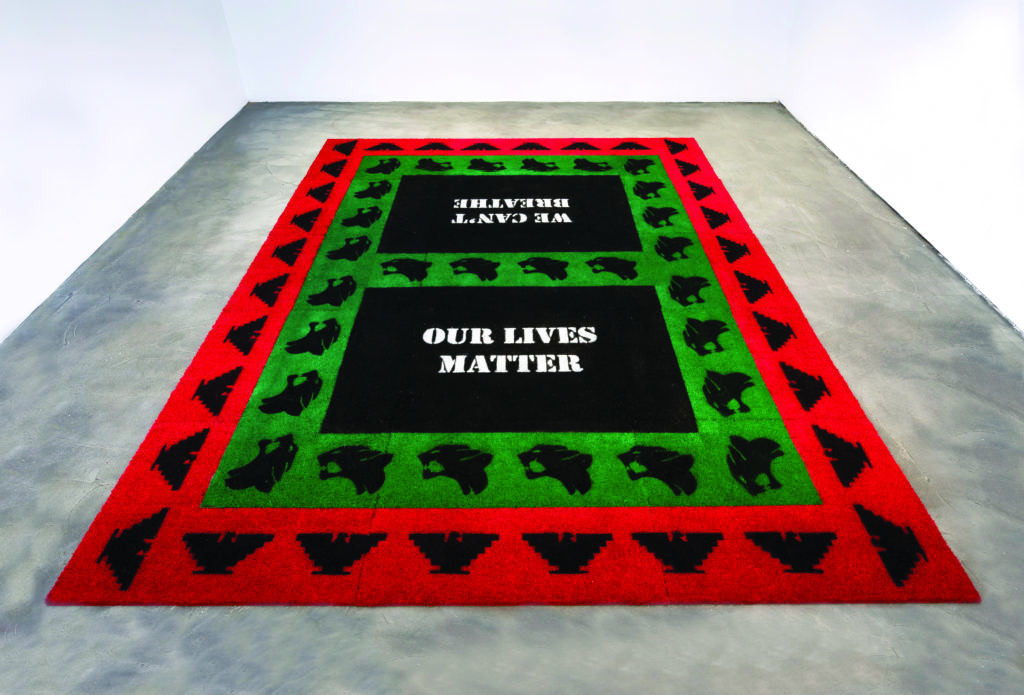
In addition to maintaining his practice in Pasadena, Lemus is the program director of the MFA visual art program at Azusa Pacific University. “When you teach, you have to sit with whatever you’ve learned and revisit it and pass it on. It sticks more,” he says. “Doing that helps me in my own practice.”
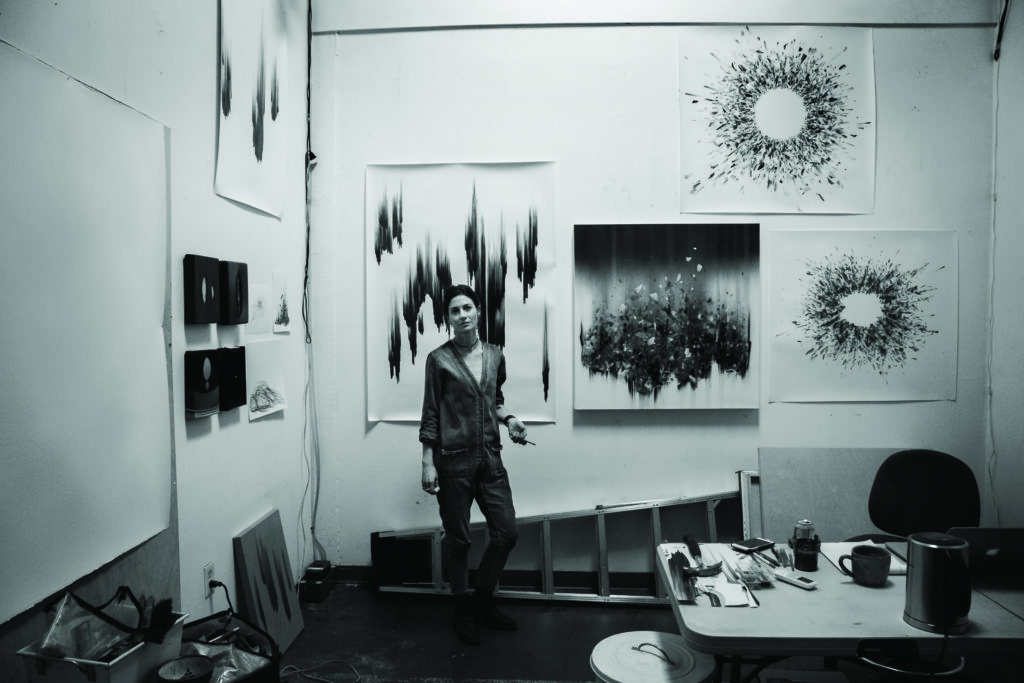
Visual and multimedia artist Nancy Baker Cahill employs boundary-pushing methods and platforms to spark conversations about deep-seated injustice and difficult threads of American history. In early 2018, she launched the 4th Wall app, bringing her precise yet fluid drawings to life through virtual and augmented reality technology, and revealed a digital art billboard series on Sunset Boulevard. Baker Cahill’s AR-enabled, geo-located Revolutions and Margin of Error were commissioned for Desert X 2019, with the pieces set against the Salton Sea and the Coachella Valley’s wind farms. The warm reception deepened her commitment to harnessing these emerging tools in order to reach broader audiences.
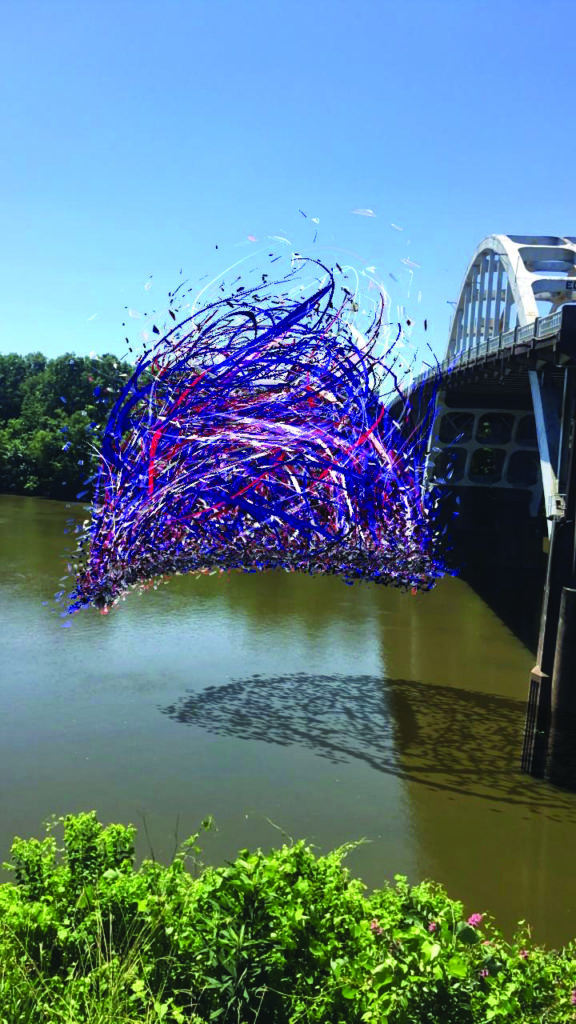
Baker Cahill’s efforts to improve accessibility to art unlocked new potential for activism, too. The Liberty Bell project, created in conjunction with the New York- based Art Production Fund that debuted this past summer, inserts kinetic swirling imagery placed in six historically significant locations in the USA, from Boston to the Edmund Pettus Bridge in Selma, Alabama, and each is accompanied by composer Anna Luisa Petrisko’s soundscapes to amplify themes of freedom and liberty. “This is the most accessible way to share this idea at the moment,” she says. “It’s genuinely intended to be an invitation to discussion.”
For Baker Cahill, who is among the Berggruen Institute’s inaugural group of artist fellows in the Transformations of the Human program, her lush graphite drawings and virtual undertakings are “all interconnected,” she observes. “I have a baseline desire to connect to the viewer through their body and embodiment, whether it’s a drawing on paper or a headset, or on-site at any of these locations.”
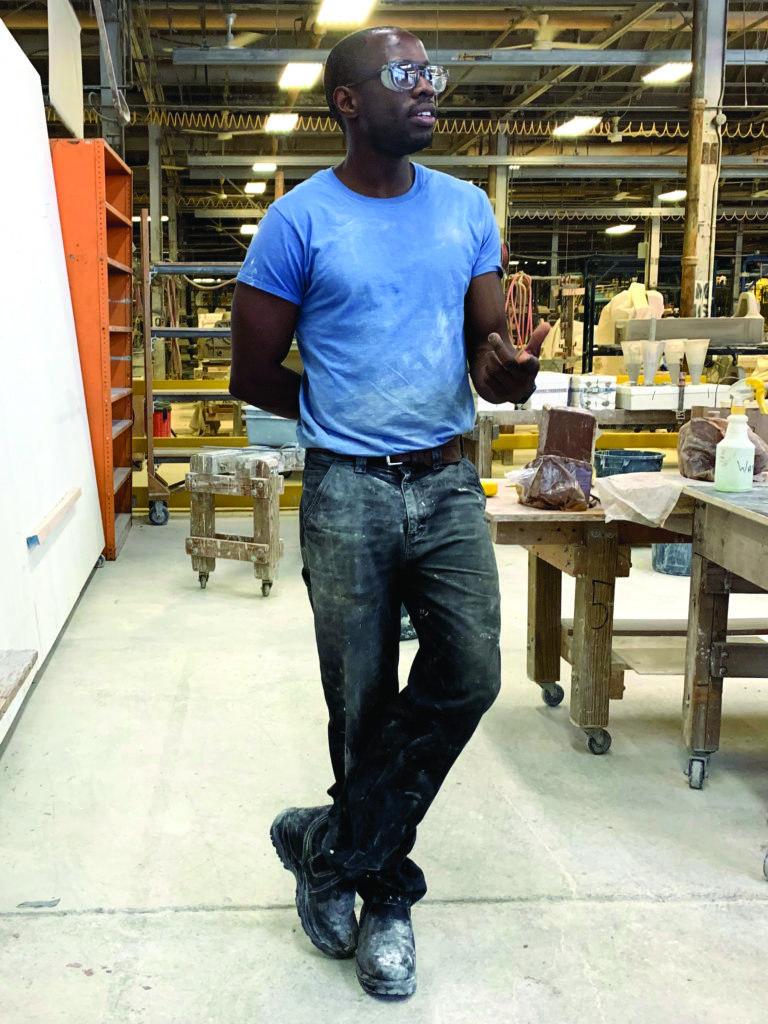
Oakland-based Woody De Othello’s exploration of the struggle and search for human connection has taken on a particularly poignant tenor in 2020. “The work is helping me process what this year has been,” says the Florida native. De Othello earned his MFA at California College of the Arts in San Francisco and is represented by Jessica Silverman Gallery in San Francisco and Karma in New York City. In a series of paintings that evolved during quarantine, “part of the fig- ures are in light while another part are standing outside of the light,” he explains.
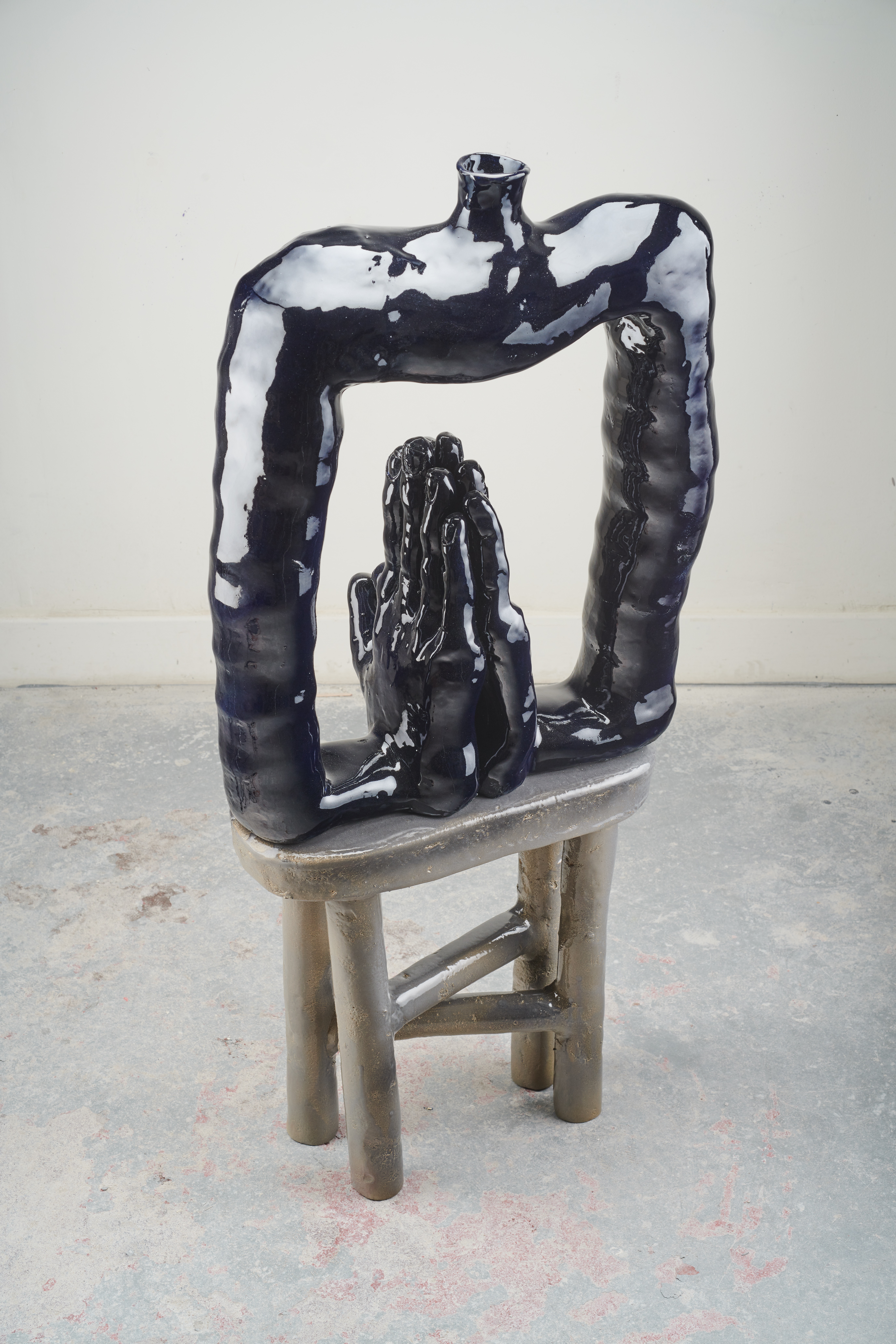
His Breathing Room exhibition at the San Jose Museum of Art in 2019, showcased his bold ceramics and paintings rendered in saturated color,
and that same year his public art project at SFO airport, featuring large cast-iron pieces, debuted. “I’m just glad that my work translates to that scale,” he reflects. “I love having aspects of the studio practice that are a little unpredictable.” Much of his work reimagines the body and the senses, and analogue communication technology like oversize ceramic telephones along with objects associated with everyday domesticity, (think lamps, laundry baskets, combs). His meditations on the concept of time feel particularly apt.
De Othello’s past installations have a certain intimacy that resonates deeply in 2020, and he says his current approach is more intuitive than ever. Instead of drawing out plans for ceramics in advance, for example, he’s diving right in. He likens this method to free-styling in hip hop. “Very skilled lyricists have a writing process, but when they free-style, they’re calling back to what came before,” De Othello says. “I’m able to recall some of the things I made before, and that’s what my spirit is driving me to do right now.”
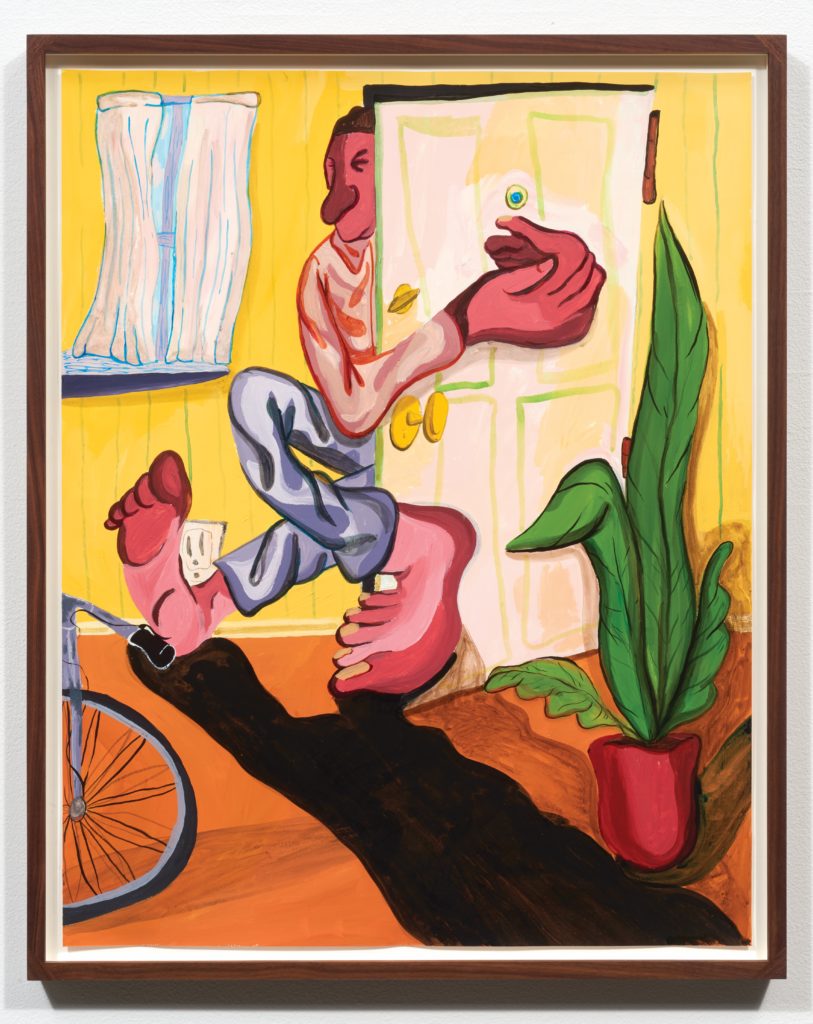
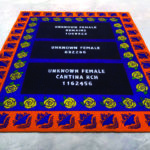
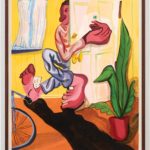
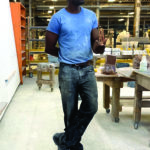
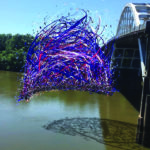
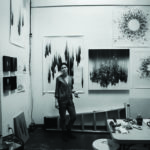

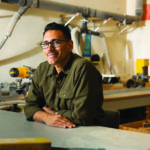
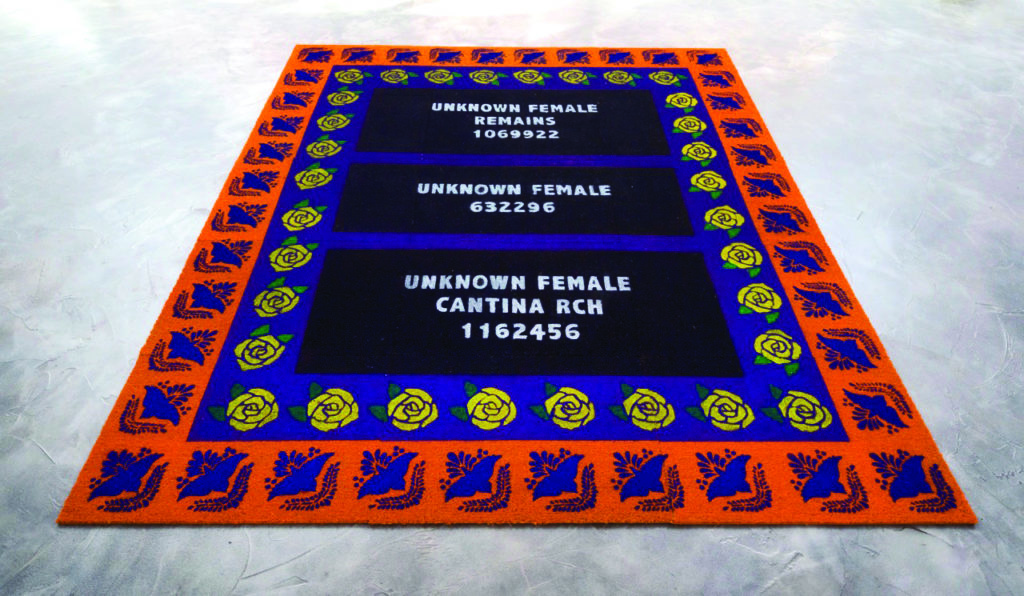 “A Memorial to Three Unknown Females,” 2016
“A Memorial to Three Unknown Females,” 2016